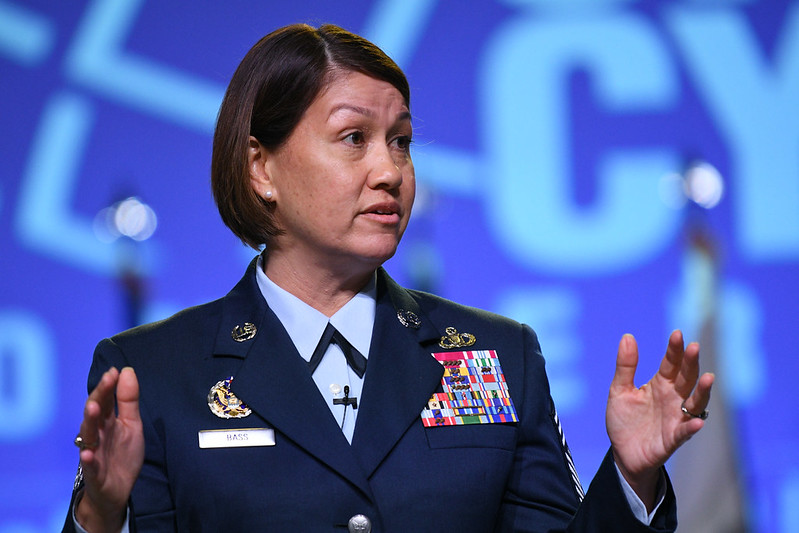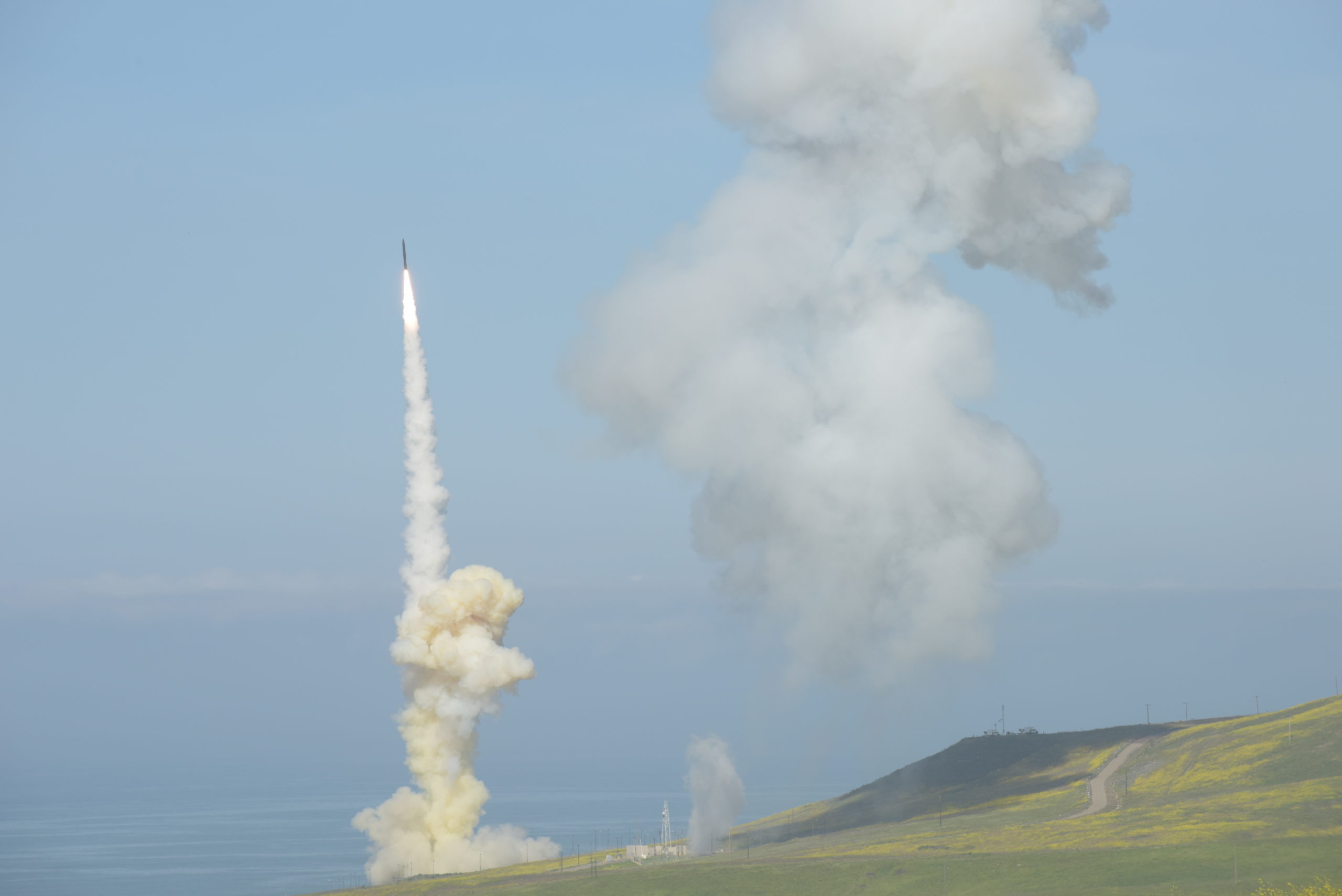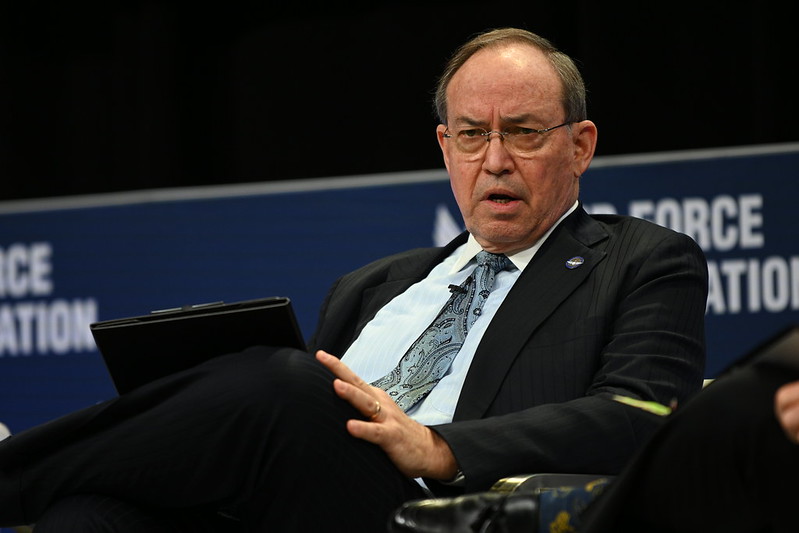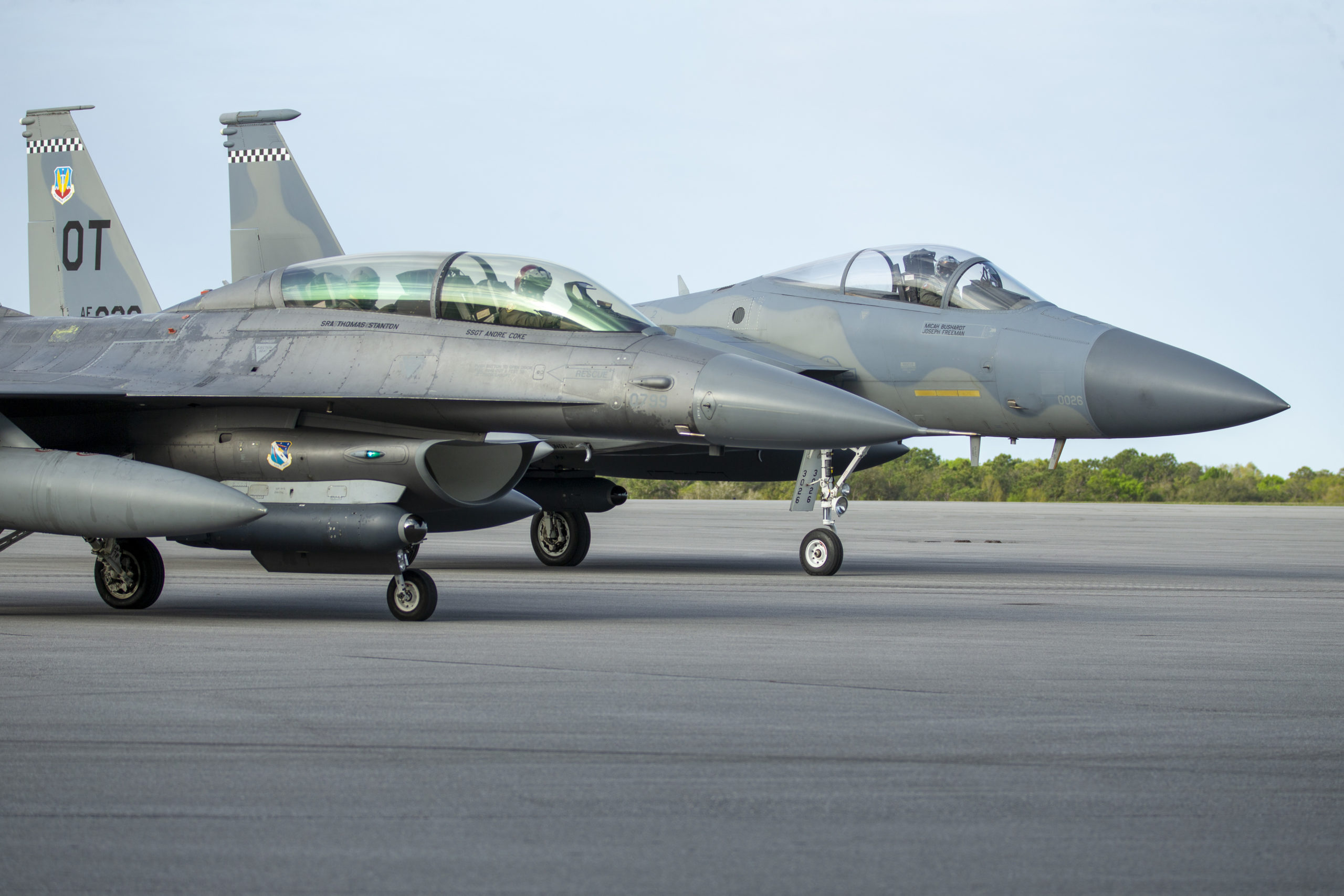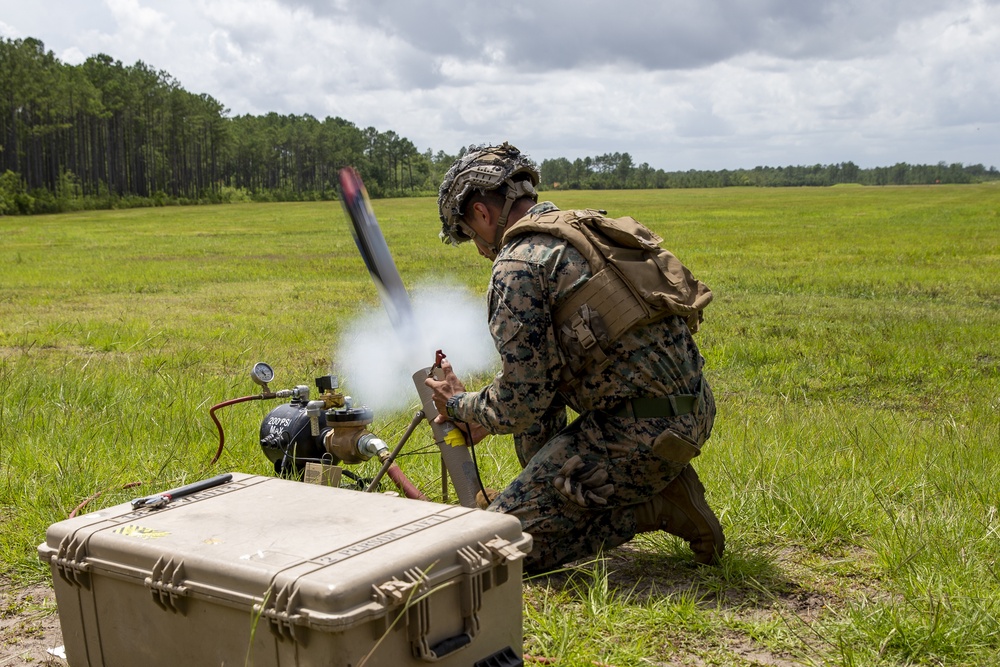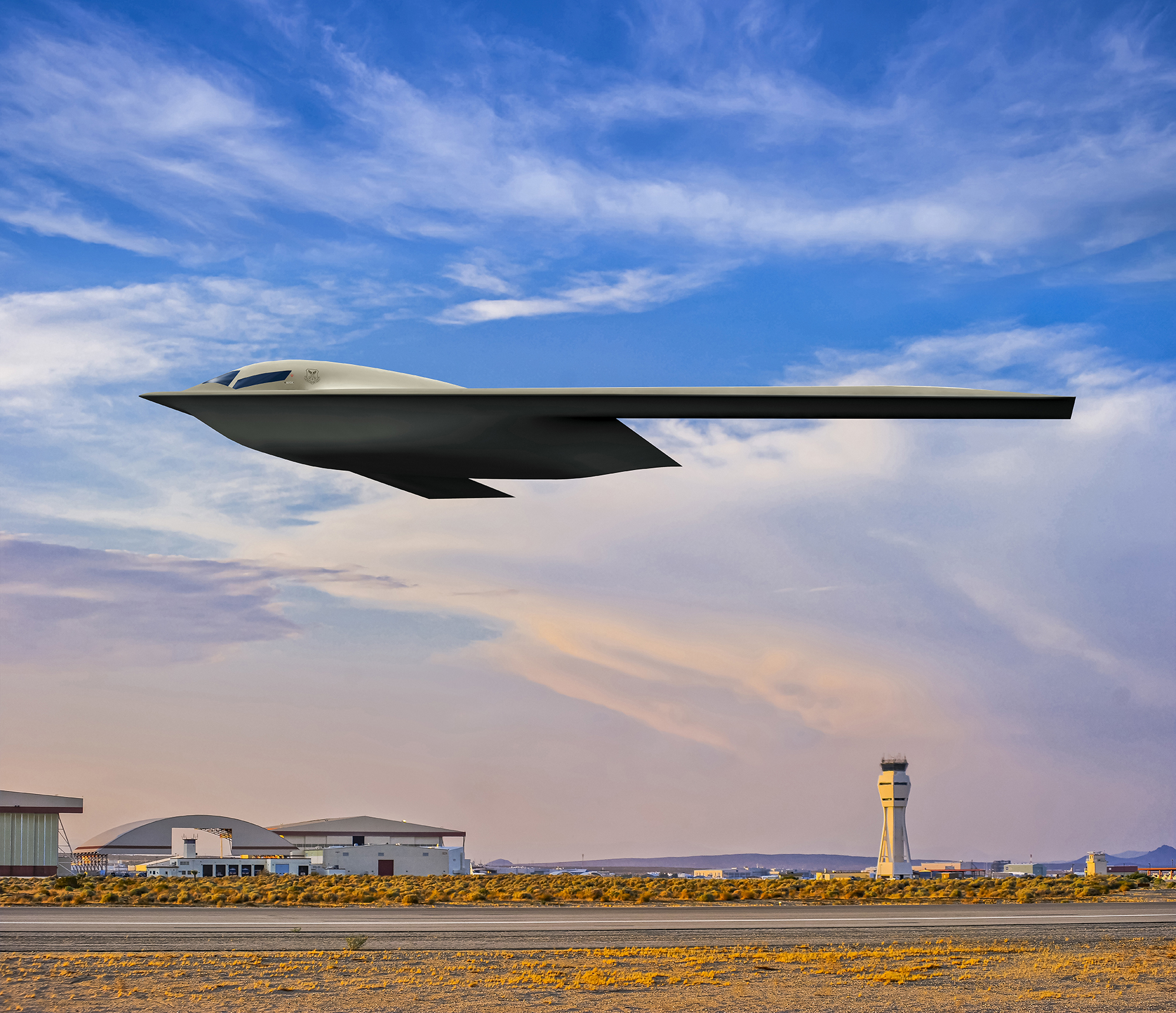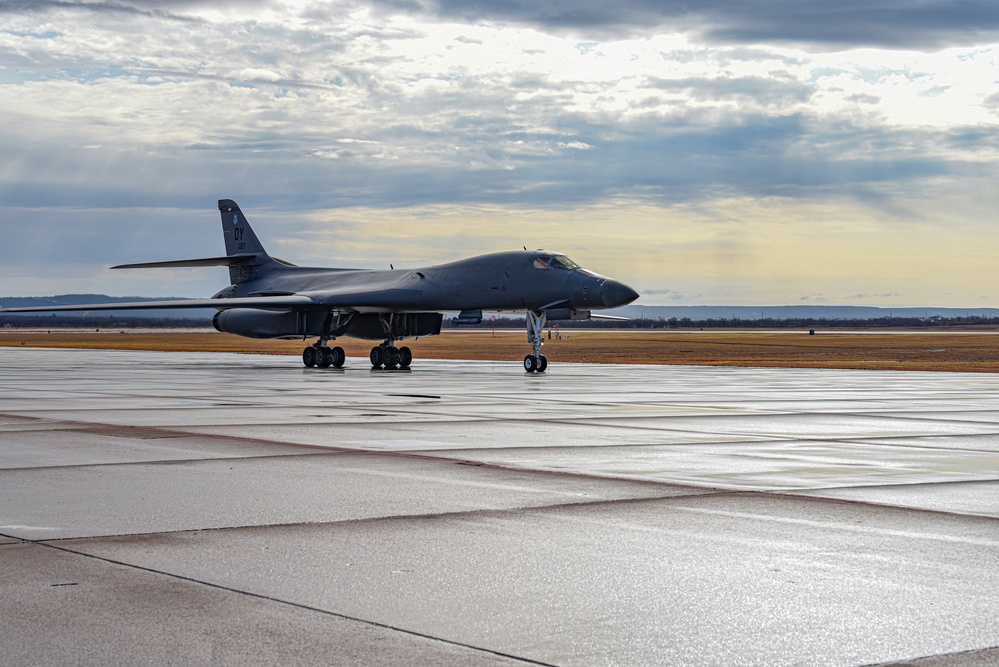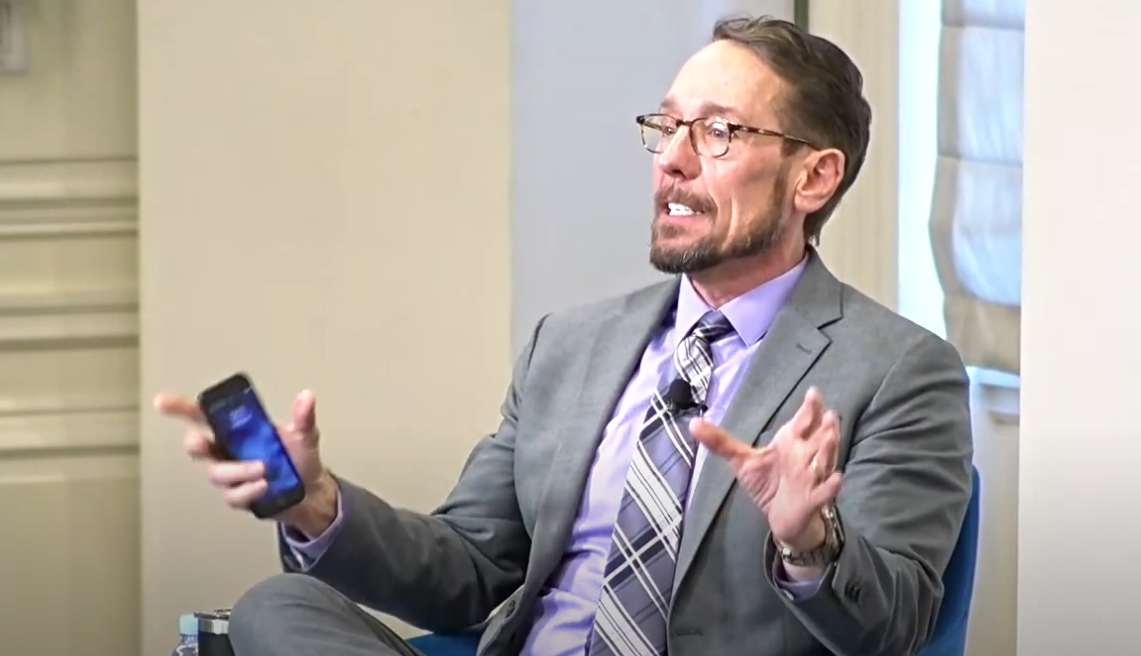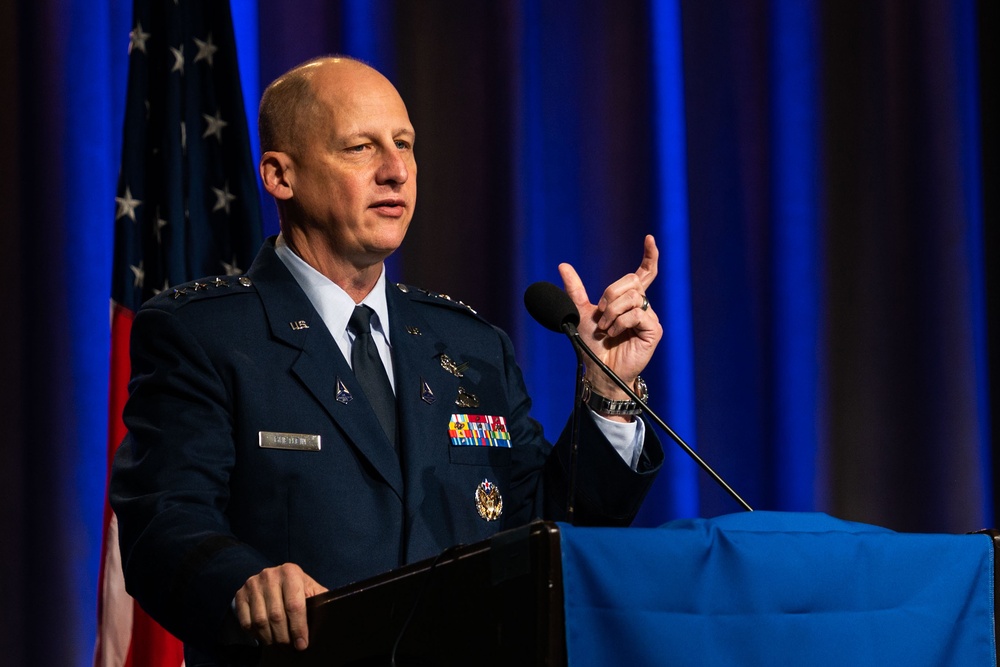It’s always a bit of a risky undertaking to sit down and write about the future.
If your predictions are overly positive, you’re an optimist; overly negative, you’re a pessimist. If they come true, then they are facts. If they don’t, they are metaphors.
Time, as always, will have the final say in the success of the steps we take today to ensure our continued success tomorrow. Unfortunately, time is not a luxury we have—the world, as we know it, is changing at an accelerated pace.
It was actually in 1982 when, American futurist, Richard Buckminster Fuller first proposed the “Knowledge Doubling Curve.” He noted that up until 1900, the sum total of human knowledge doubled about every 100 years. By the end of World War II, that rate had accelerated to every 25 years. Today, we double our knowledge roughly every year.
That’s an amazing, and somewhat terrifying, accomplishment—especially when seen through a military lens. Our adversaries are modernizing fast, and looking to replace us on the world stage. As technology advances, our adversaries are taking ideation to execution faster and faster—and training their people how to employ these new systems in a high-end fight.
To that end, we are also modernizing to ensure that our air dominance remains uncontested. However, in contrast, we aren’t just training our Airmen to use these systems, we are developing them to be the leaders our Air Force will need to win a strategic competition.
That will be the one competitive advantage we will always have over our adversaries—our people. The more deliberately we develop them today, the more successful they will be tomorrow. We don’t need Airmen to simply execute tasks off a checklist. We need Airmen who can think critically, strategically, and operate with an innovative mindset. Future conflict will never look like it has in the past, and we need our Airmen to be adaptive at speed and scale.
The Airmen we are building today will be the innovative problem solvers of 2030, and beyond. When we look at projections of what a strategic competition with a near-peer adversary could involve, it becomes clear that the Airmen of 2030 will need to have an innate ability to critically think through myriad situations, develop innovative ideas and solutions to address complex challenges, and maximize a teaming concept to ensure success across the entire enterprise.
These skills will weigh heavily on future operations, as we build an Air Force that requires a deeper understanding of the digital environment from its Airmen. When looking out to 2030, the Airmen who will be serving will not only be digital natives, but they will have to be digitally literate on a level we have yet to experience.
And given the speed and scale at which information will flow in the coming years, we have to take steps today to ensure our Airmen are resilient enough to handle the complex and adaptive systems of the future. Our people must have a sense of personal and professional grit to tackle the kinetic and non-kinetic environments that will no doubt play a role in future conflict.
All of these things are integral to who we are today, and who we need to be, tomorrow. Regardless of what challenges we face in the future, taking the time today to invest in our Airmen and provide them with a Blueprint of their development is a strategy that will continue to net positive results.
Our most competitive, most strategic, and most effective advantage against any adversary will always be our people. I am immensely proud of how far we have come as an Air Force, and genuinely optimistic about where we are headed.
